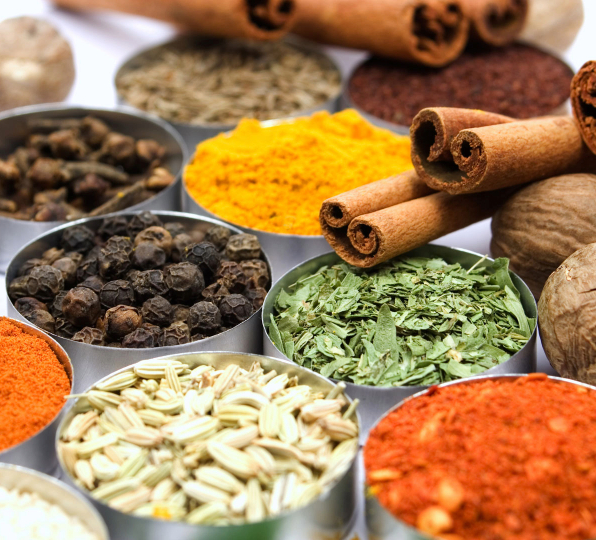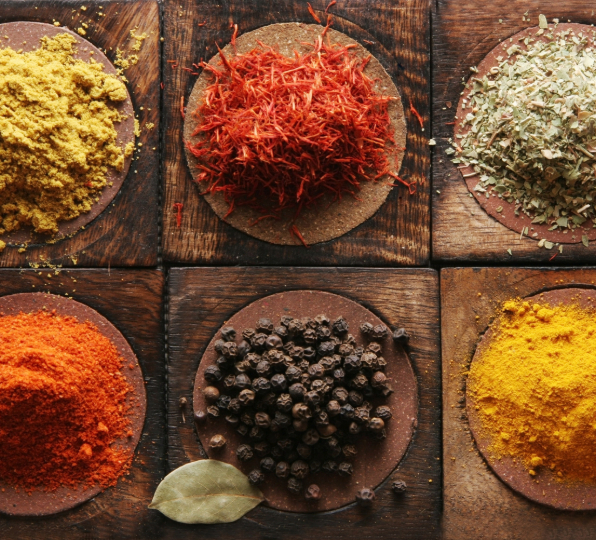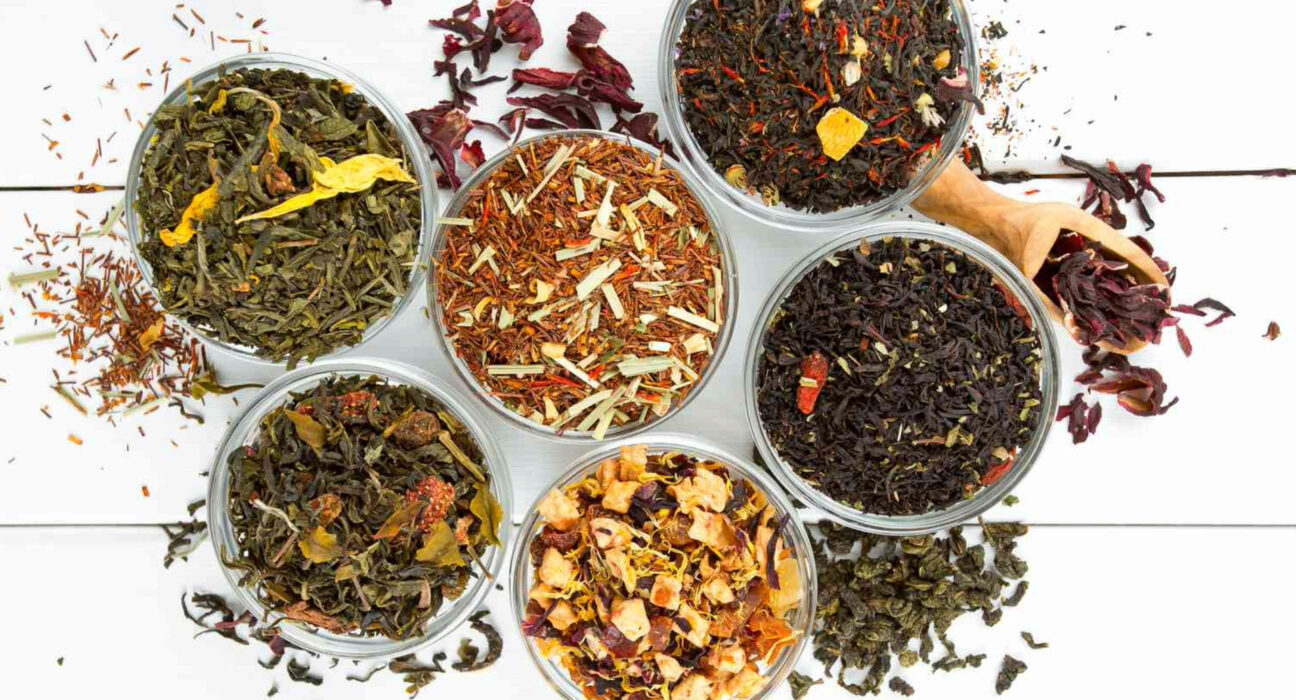Introduction:
For centuries, spices have captivated our sense of taste and elevated culinary creations. These fragrant treasures have unexpected qualities and a rich history, in addition to enhancing food flavor. In this exploration, we uncover 10 unique facts about spices, revealing interesting details that contribute to their widespread use in cooking.
1. Ancient Spice Trade Routes:
Spices and ancient trade routes have a rich history together. Cultures, economies, and culinary traditions were shaped by the exchange of exotic spices made possible by the Silk Road and maritime routes such as the Spice Route.
2. Culinary and Medicinal Crossroads:
Originally, a lot of spices were prized for their therapeutic qualities. The lines between therapeutic and culinary applications were frequently blurred, with spices like ginger and cinnamon valued for their flavor and health advantages.
3. Capsaicin Heat:
The ingredient in chili peppers that gives them their heat, capsaicin, fools our taste buds into thinking that anything spicy hurts. A pepper’s taste increases with its capsaicin content.
4. Saffron’s Rarity:
The most expensive spice in the world is saffron. One pound of saffron threads requires thousands of crocus flowers, which makes it an uncommon and valuable addition to recipes.
5. Vanilla Orchid Pollination Challenge:
The pollination of vanilla, which is derived from the vanilla orchid, poses a special challenge. Vanilla requires a lot of work to cultivate because only specific bee and hummingbird species can successfully pollinate the orchid in its natural habitat.


6. Coriander’s Dual Nature:
Coriander exhibits a fascinating dual nature as both an herb and a spice. The leaves of the coriander plant are known as cilantro and are used as an herb, while the seeds are dried and ground to create the spice.
7. Turmeric’s Golden Glow:
The bright golden color of turmeric comes from a compound called curcumin, which has anti-inflammatory and antioxidant qualities. Turmeric has long been used in traditional medicine in addition to its culinary uses.
8. Paprika’s Color Spectrum:
Paprika, which is made from ground and dried peppers, is colored red, yellow, and brown. A few things that affect the color intensity are the type of pepper used, as well as how it is dried and ground.
9.Cinnamon’s Bark Harvest:
Certain trees’ inner bark is used to make cinnamon. The bark is carefully peeled off by harvesters, who then roll it into cinnamon sticks or grind it into the familiar powder we use in baking and cooking after it has dried.
10. Cloves and Their Unique Flower Buds:
The clove tree’s unopened flower buds are known as cloves. The fragrant spice with its warm, sweet flavor is made by hand-picking the buds and drying them until they turn brown.
Conclusion:
Global cuisine is defined by its diverse flavors, history, and culture, all of which are interwoven in the world of spices. These culinary marvels, accompanied by 10 unique facts about spices, continue to give our meals depth, aroma, and zest—from ancient trade routes to the distinct qualities of individual spices—making every bite a flavorful voyage through time and tradition.












